Hilaire Germain Edgar Degas (1834-1917)
Get a Degas Certificate of Authenticity for your painting or a COA for your Degas drawing or sculpture.
For all your Degas artworks you need a Certificate of Authenticity in order to sell, to insure or to donate for a tax deduction.
How to get a Degas Certificate of Authenticity is easy. Just send us photos and dimensions and tell us what you know about the origin or history of your Degas painting, drawing or sculpture.
If you want to sell your Degas painting, drawing or sculpture use our selling services. We offer Degas selling help, selling advice, private treaty sales and full brokerage.
We have been authenticating Degas and issuing certificates of authenticity since 2002. We are recognized Degas experts and Degas certified appraisers. We issue COAs and appraisals for all Degas artworks.
Our Degas paintings, drawings and sculptures authentications are accepted and respected worldwide.
Each COA is backed by in-depth research and analysis authentication reports.
The Degas certificates of authenticity we issue are based on solid, reliable and fully referenced art investigations, authentication research, analytical work and forensic studies.
We are available to examine your Degas painting, drawing or sculpture anywhere in the world.
You will generally receive your certificates of authenticity and authentication report within two weeks. Some complicated cases with difficult to research Degas paintings, drawings or sculpture take longer.
Our clients include Degas collectors, investors, tax authorities, insurance adjusters, appraisers, valuers, auctioneers, Federal agencies and many law firms.
We perform Edgar Degas art authentication, appraisal, certificates of authenticity (COA), analysis, research, scientific tests, full art authentications. We will help you sell your Edgar Degas or we will sell it for you.
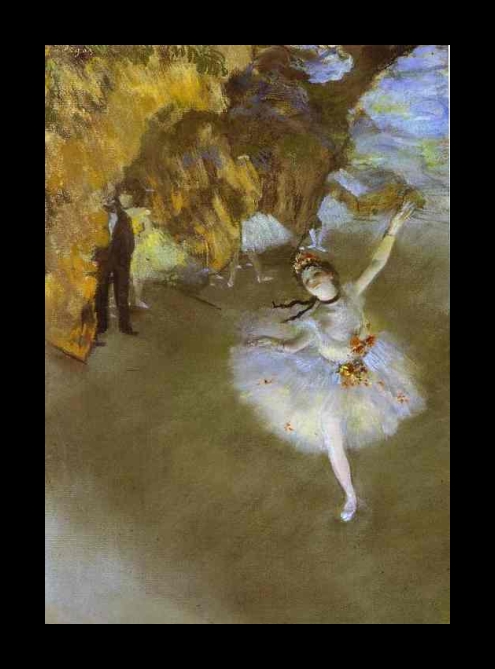
Edgar Degas is generally thought of as one of the greatest French artists to have ever lived, though his mother was American and he spent a great deal of his life in the United States. This great artist was originally expected to study law, but gave up his formal education at the age of 20 to pursue the arts. In 1856 he left for Italy to study the works of the old master of the Renaissance, and also copied works from the Louvre that same year.
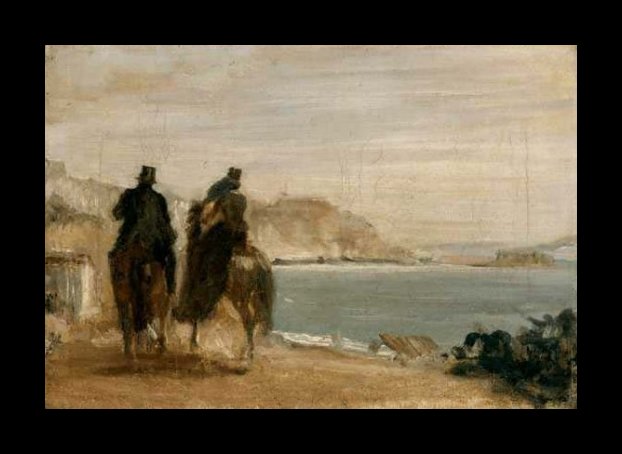
It is quite possible that some of his sketches from this time could surface in Florence, Venice or Naples and would probably look like this:
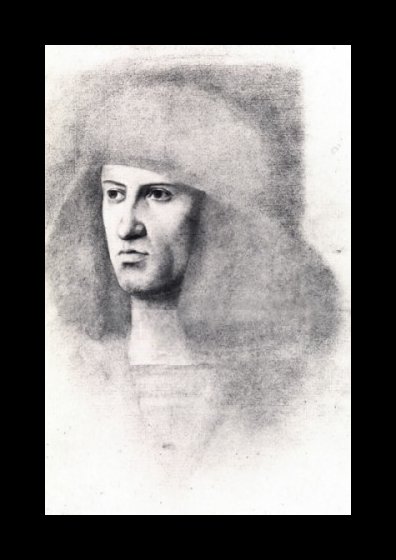
After he returned from Italy, Degas painted mostly portraits and pictures with historical subjects. These works are entirely different than what most people associate him with.
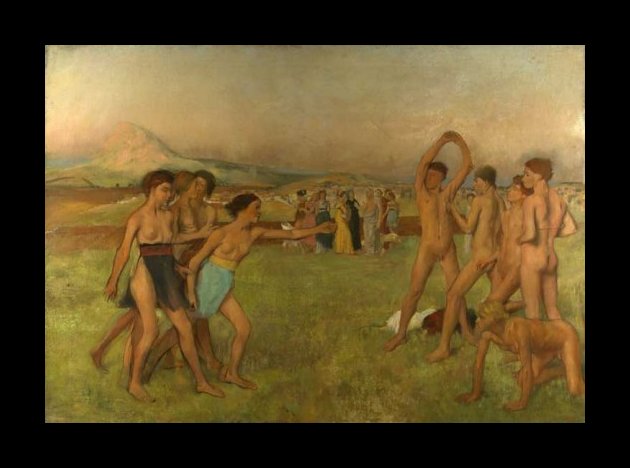
Degas also created landscapes that were quite bland in comparison to his other works, which may cause an art researcher or authenticator to overlook it as a Degas.

For the next few years, Degas showed his works frequently at the salons until he was called to fight in the Franco-Prussian war of 1870. During that time he had very few chances to paint. After the war, Degas traveled to New Orleans to visit his brother Rene where he stayed and painted portraits of his relatives until 1873.

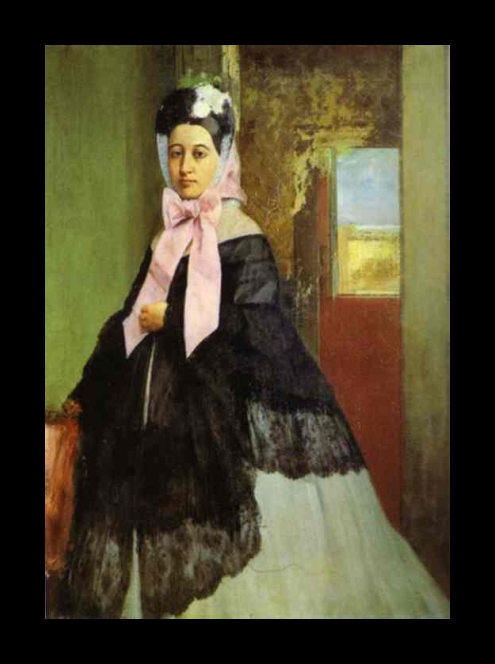
During this time, he also painted a scene of the office in his family’s cotton company.
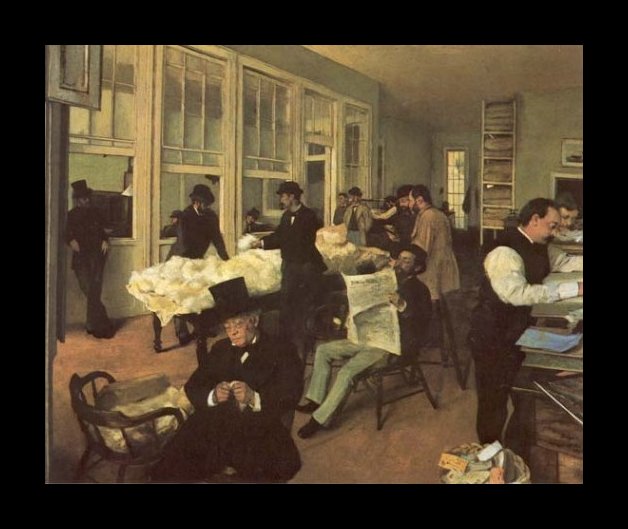
Degas work while in New Orleans is perhaps the least known of his oeuvre, and the exciting possibility exists that some of his sketches or paintings could show up somewhere in Louisiana.
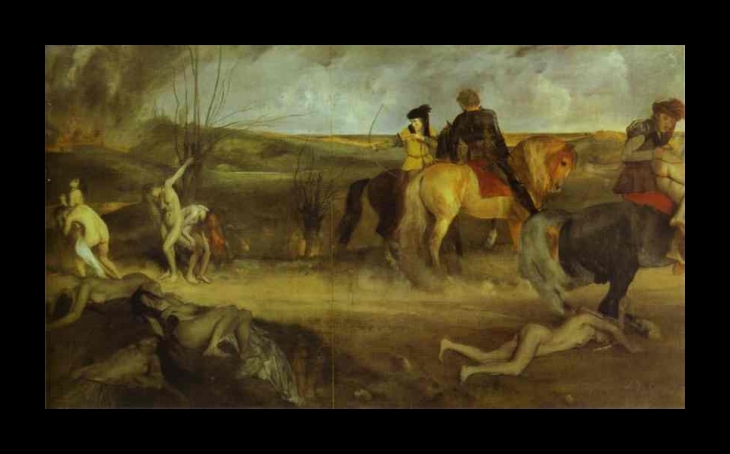
Upon his return to Paris, Degas resumed exhibiting his work in the salons, often showing alongside his friend and “rival” painter Edouard Manet. The two shared similar styles and interests and often painted similar subjects like Parisian life.

Of course, when people think of Degas, they have ballerinas in mind, or perhaps women drying up after a bath.



In reality Degas cared more about race horses than he did about ballerinas and women pulling up their stockings. A survey of all his works from 1860 to 1900 shows that he worked 91 times on a composition involving horses; far more than he worked on any other subject. If you consider his sculpture production, horses win by several lengths.
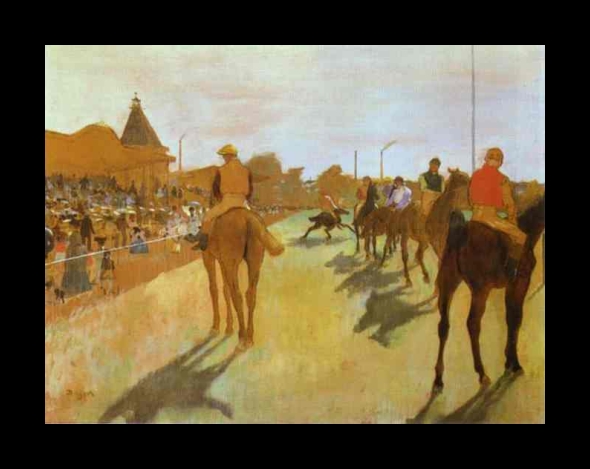
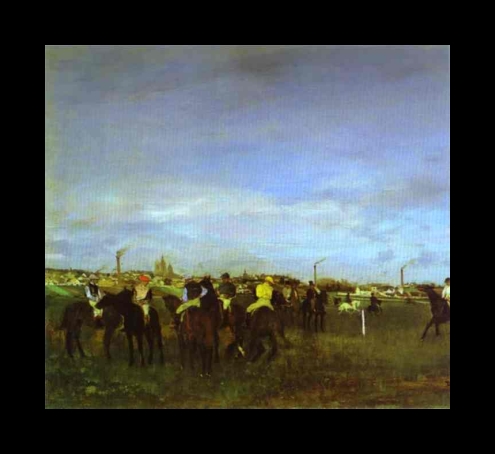
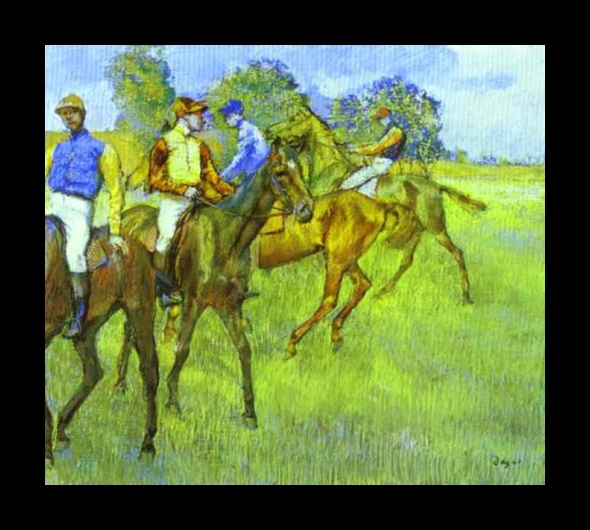
Sadly, the death of Degas father brought him into financial ruin in his later years. He was forced to sell much of his art collection to pay off his fathers’ debts and could scarcely get by on his art commissions towards the end of his career.
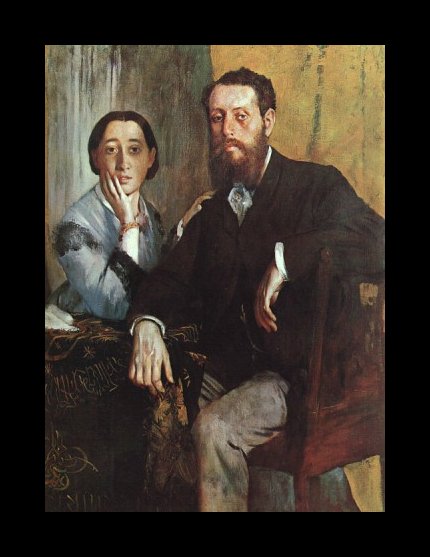
Edgar Degas was a master, a giant really, in the entire world history of painting. Ask any art scholar to pick the top 25 painters of all time and Degas will almost always be included. The fact that he has not sold any works for as much as Claude Monet or Pierre-Auguste Renoir is not due to his lack of immense superiority. Rather, it is because it takes a deeper, more advanced understanding of art, to appreciate him. Discerning museum curators have long acquired most of his major and secondary works; therefore it leaves fewer in the marketplace. However, even some of his more prominent works, such as “Ballet Scene” have disappeared and their whereabouts are unknown.
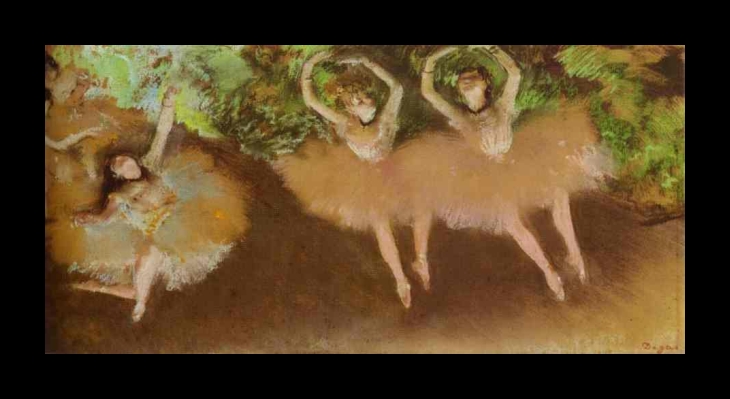
But a new Degas discovery may not be a pastel, oil, or a drawing. It could even come in a seemingly unexpected form.
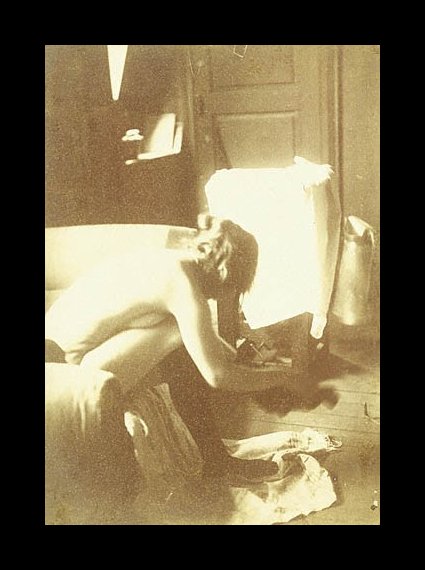
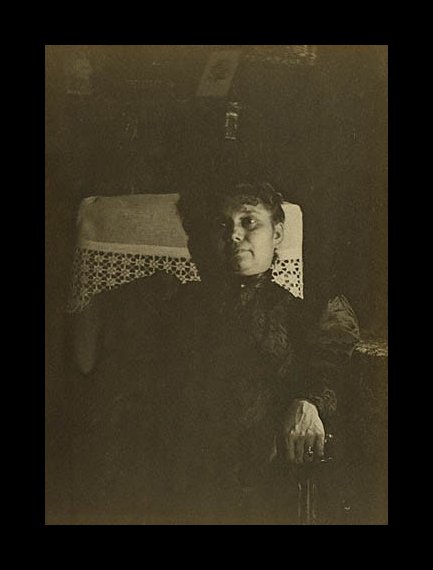
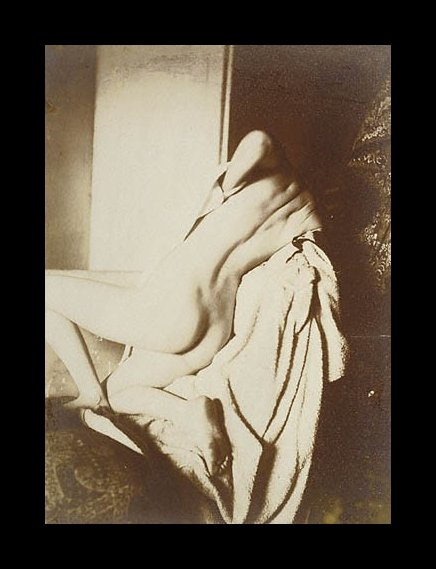
Yes, these are photographs, by Edgar Degas the photographer. Of course they are very valuable. We only have some 50 of them right now. Could these have been studies for some of his more famous nudes and portraits?


In 1895, at sixty-one years of age, in spite of failing eyesight, Degas took up photography. His photos were never exhibited in his lifetime and very little ever since. Few people even know Degas was ever a photographer. Do we have all of them? Probably not.
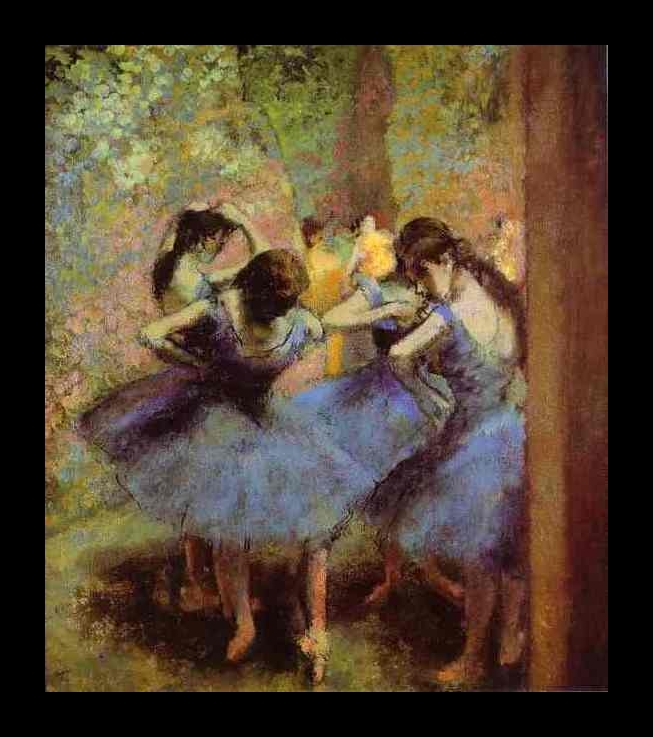
Degas was a prolific artist and it is not likely that every single painting, sketch or sculpture that he ever created is accounted for or destroyed. Could that French painting hanging in your family estate be a genuine Degas? Contact us to find out.
Reviews
1,217 global ratings
5 Star
4 Star
3 Star
2 Star
1 Star
Your evaluation is very important to us. Thank you.
